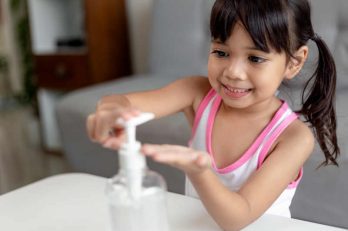Cold and flu season is just around the corner, and you want to keep your child as safe from these illnesses as possible. While it seems impossible to fully avoid the cold or flu, it is still important to take the steps to minimize your child’s risk of catching either illness. You can protect your child during cold and flu season with these tips.
Maintain Your Child’s Health
First, you want to ensure your child is leading a healthy lifestyle. Your child needs a well-balanced diet to get the nutrients they need to strengthen their immune system. You can also boost their immune system by making sure they get regular exercise and nine to 14 hours of sleep each night.
Stay On Top Of The Flu Vaccine
If your child is six months or older, talk to their pediatrician about the flu vaccine. This vaccine can help them build up immunity to fight off the flu virus. It should be noted that your child may still catch a cold or another strain of the flu, so it is important to take other precautions as well.
Make Hand-Washing A Habit
It is easy to spread germs when children touch everything, so you need to make hand-washing a habit for your child. They should especially wash their hands after touching shared items and playground equipment. You also want to ensure they wash their hands before each meal. If they cannot get to a sink, encourage them to use hand sanitizer or hand wipes until they can wash their hands.
Teach Your Children Good Hygiene
Now is the time to ensure your child knows how to practice good hygiene. Teach them to sneeze or cough into their sleeve to prevent the spread of germs. This way, your child is doing their part to keep the cold and flu at bay. The more people who cover when coughing or sneezing, the less likely they are to spread germs to others.
Keep Them Home When Sick
If your child does become sick, be sure to keep them home from school and other activities. You do not want your child to spread their cold or flu to others. In addition, you do not want to risk them feeling worse after they get home. Once again, the risk of germs spreading lowers when everyone takes precautions when they are sick.
Whether your child is under the weather or you need to schedule a flu vaccine, Kids 1st Pediatrics offers the care your child needs. You can schedule an appointment at kids1stpediatrics.net.




